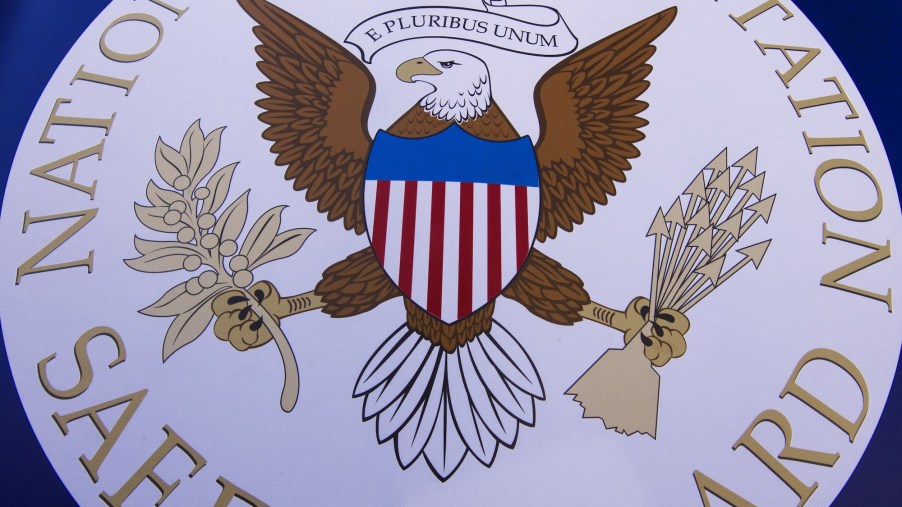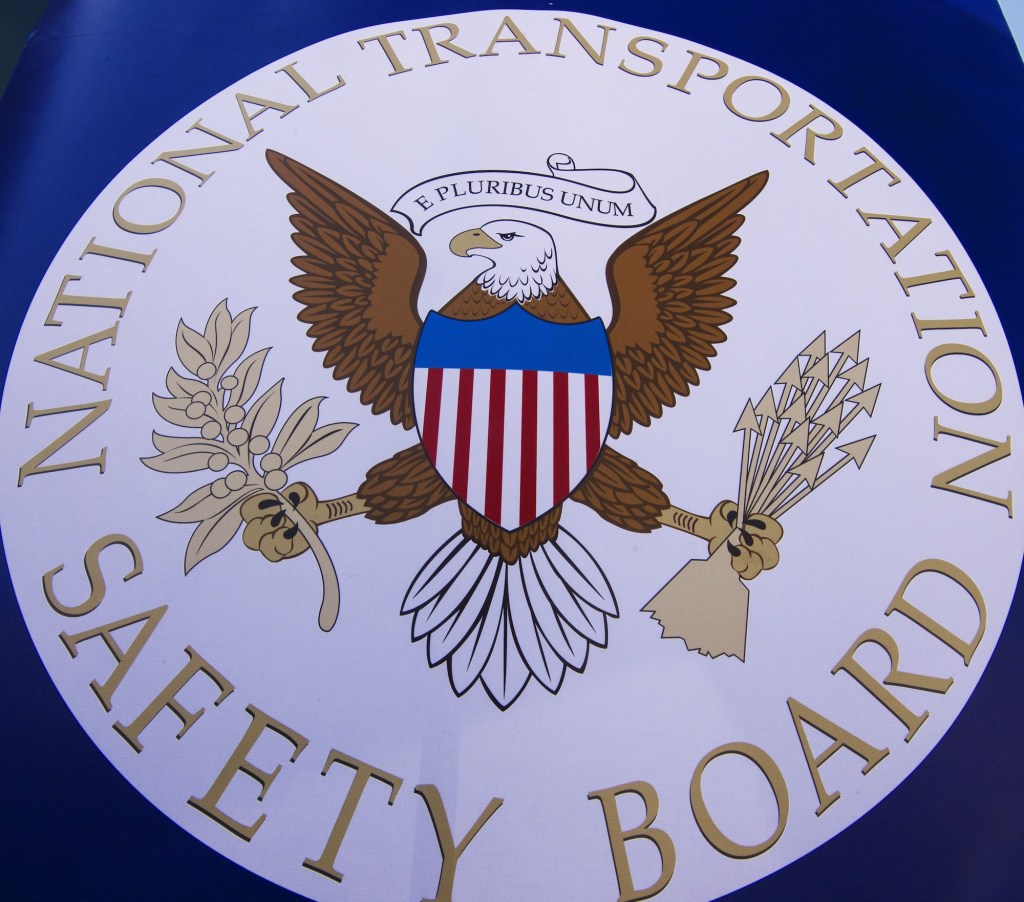
What Does the NTSB Do?
The National Transportation Safety Board is a small independent federal agency enacted by Congress on April Fools’ Day 1967. But don’t let the date fool you — the NTSB is no joke. Its mission is saving lives through intensive investigation and the issuance of safety recommendations, not just for aviation accidents, but for all modes of transportation, including car safety.
The National Transportation Safety Board’s mission

The National Transportation Safety Board has investigated every civil aviation accident since its inception in 1967. It also probes significant highway, rail, pipeline, and HAZMAT accidents. And the agency has performed over 150,000 aviation and surface transport investigations and issued more than 15,000 safety recommendations to date, outgoing NTSB Chairman Robert Sumwalt wrote on the NTSB Safety Compass blog.
Changes resulting from NTSB investigations include aircraft floor-level escape lighting, emergency position-beacons in marine vessels, raising the drinking age to 21, and lowering the blood alcohol content to .05. Other recommended safety initiatives include new passenger rail transit safety standards and the pipeline one-number call system, which famously initiated the now-coined phrase “Look before you dig.”
Most critical on this year’s NTSB to-do list is to improve rail worker safety by reducing ambiguity in rail safety regulations to eliminate risk in the industry. Continuing initiatives will be aviation terrain avoidance and warning system requirements so that crashes, such as the one that killed Kobe Bryant and his daughter, can be avoided.
The NTSB’s modus operandi
The NTSB usually stays on the site of an accident for five to 10 days. Many investigators are veterans in their field and have investigative and regulatory experience.
In every probe, the agency undertakes substantive qualitative and quantitative analyses, Lexology reports. All evidence must be meticulously preserved. Not only must the accident site be thoroughly examined, but documents and photos must also be harvested, interviews conducted, and every detail vetted in accordance with state and federal laws. After the initial investigation is complete, the factual phase begins. This includes lab testing, more documentation, and interviews regarding all accident and safety protocols. This can take up to 18 months to complete and must be vetted and signed off by all involved parties.
After the factual phase comes the analysis. Analyzing all the data can take up to a year before the NTSB releases a probable cause and recommendations. Every accident investigation is generally completed within one or two years.
What’s next for the NTSB?
The agency, post-Trump and after the pandemic, won’t change much except for the chairman. The White House announced President Joe Biden’s intended nomination of Jennifer Homendy for NTSB chair on May 19. All National Transportation Safety Board chairs require years of transportation and logistical experience, as well as experience with the NTSB board. According to Sumwalt, many NTSB employees have been with the agency for over 40 years. He said that along with that longevity come talent and dedication to get the job done without complacency.
As for future investigations, the NTSB will continue its current mode of operations. This includes not only its investigations but also conducting special transportation studies and coordinating with other federal agencies and organizations to help families affected by major transportation accidents.
Looking even further ahead
The NTSB’s mission is more critical than ever. With cybercrimes becomes more sophisticated in their penetration of aviation and transportation entities, the call for investigators within those fields is crucial. A recent Wall Street Journal article pondered the need for an NTSB specializing in cybersecurity, calling on the Biden administration to model a cyber safety board after the current NTSB.


